Exhibit explores Chinese immigrants' inclusion in US history
Updated: 2014-10-22 05:53
By Chris Davis(China Daily USA)
|
||||||||
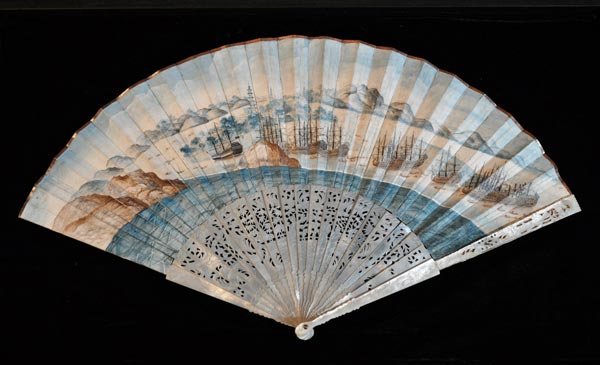 |
|
An elegant fan from 1784 depicts the Empress of China, the first American merchant vessel to trade with China, departing New York harbor in the winter of 1784 carrying furs, lead, wine, Spanish silver and ginseng and returning the following year with porcelain, silk and tea. [Photo courtesy of the New-York Historical Society] |
When you consider that the tea that went overboard at the Boston Tea Party was from China, it's fair to say that China has long been steeped in American history.
An exhibit of more than 200 artifacts, paintings, photographs, films and re-created settings at the New-York Historical Society evokes the complex centuries-long role that the Chinese have played in the United States.
The title of the show itself - Chinese American: Exclusion/Inclusion - suggests the rocky road of immigration to citizenship that so many overcame, beginning with the infamous Chinese Exclusion Act of 1882. 
Resistance to the Exclusion Act is represented by an evocative photograph of Wong Chin Foo, a journalist, lecturer and activist who lived from 1847 to 1898 and was a vehemently outspoken critic of anti-Chinese sentiment.
The exhibit recalls the incident in the summer of 1893 when Wong, who was the first to coin the term "Chinese American" and founded a newspaper of the same name, challenged anti-Chinese agitator Dennis Kearney to a duel to the death using his choice of weapons: "chopsticks, Irish potatoes, or Krupp guns", the muzzle-loading cannons used in the Franco-Prussian War.
Wong, who also testified before Congress, founded the Chinese Equal Rights League and mobilized Chinese Americans to vote, is often called the Chinese Dr Martin Luther King, Jr. His picture suggests he was a formidable advocate and adversary.
Another photograph from 1923 shows a young Chinese immigrant being interrogated by US inspectors at Angel Island Immigration Station in San Francisco, the primary port of entry for most Asian immigrants to the US. The young wannabe American looks travel weary but respectful, dressed neatly in a kind of suit. Two of the three Americans asking the questions are in uniforms reminiscent of the Gestapo, with shoulder straps and shined boots, and look none too happy.
The Exclusion Act, the narrative reads, "was simple on paper but proved much more complex in practice", as Chinese arriving at immigration stations "had to prove their right to enter the country" and were "subject to intense and detailed interrogations… their documents often viewed as suspect".
The exhibit features several inspiring stories. After the Japanese bombed Pearl Harbor, the US and China became fast and firm allies, which also led to the repeal of the Exclusion Act in 1943. More than 1,000 Chinese men from New York's Chinatown alone enlisted in the US armed forces and women like Anna Lee Chin looked for ways to also help the effort.
Chin and her father-in-law Chin On went to work translating war posters to Chinese. She also joined other women to form a Chinatown unit of the American Woman's Voluntary Services, pictured in uniforms with white gloves standing at attention in the streets and wielding a huge American flag.
The exhibit follows Anna Lee Chin's life after the war as she and her husband Hong organized other Chinese families and started a farm in New Jersey, growing Chinese vegetables and raising chickens and cattle to sell in Chinatown, eventually expanding to supply restaurants throughout New York and New Jersey.
All three of Anna's sons studied at Rutgers University, the middle one, Donald, going on to a career in the US Navy. Anna and her husband sold the farm in 1957 and retired to Arizona where, on a whim, they answered a Hollywood film casting "cattle call" and ended up playing Chinese laborers in straw hats in the 1960 war film Mountain Road starring Jimmy Stewart.
Anna's granddaughter Sandra Lee says of her grandmother: "When I saw the pictures of her involvement in WWII, I thought to myself, 'She was not only a strong figure for the Chinese community, she was also accepted in mainstream America'."
The most colorful parts of the exhibit are the 12 watercolors painted in the 1950s by artist Jake Lee to decorate the walls of Kan's Restaurant of San Francisco, a trendy nightspot where the likes of Cary Grant, Frank Sinatra and Marilyn Monroe used to dine.
The paintings are remarkable for two reasons: When the restaurant closed in the 1990s, the paintings went missing, and would have been lost to posterity had they not resurfaced years later at auction, when they were acquired by the Chinese Historical Society of America.
The other significant thing about the paintings is that they, like the one entitled Vineyard Workers in Sonoma County, depict and chronicle the many jobs Chinese immigrants did - beyond the railroads and mines - in helping transform California into the fabulously productive farming region it has become.
Picking the grapes, carting them to the press, stomping them barefoot, wielding the press, even building the system of levees and irrigation ditches that bring it all to life, Chinese skilled and tireless labor are 110 percent involved and included in the American Dream.
The exhibit runs until April 19, 2015, at the New-York Historical Society.
Contact the writer at chrisdavis@chinadailyusa.com.
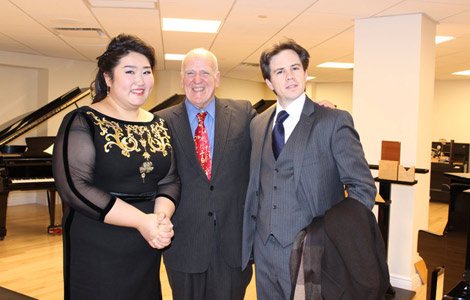
 Music at her fingers
Music at her fingers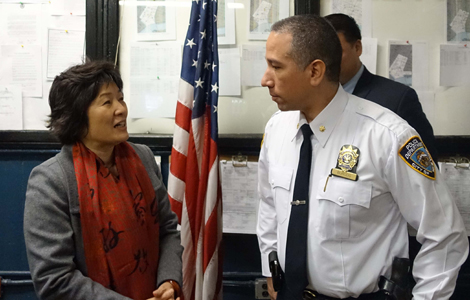
 Across America Over the Week (Jan 16 - Jan 22)
Across America Over the Week (Jan 16 - Jan 22)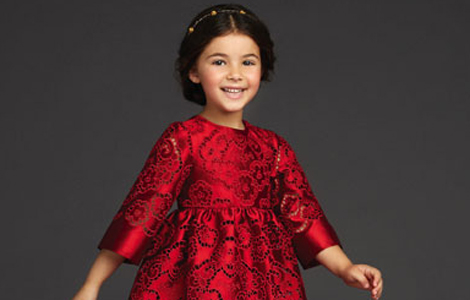
 Spend Chinese New Year in style
Spend Chinese New Year in style
 Ili river valley becomes a popular destination for swans
Ili river valley becomes a popular destination for swans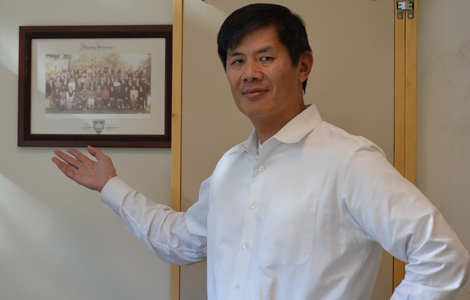
 Philip Ma: from scientist to businessman
Philip Ma: from scientist to businessman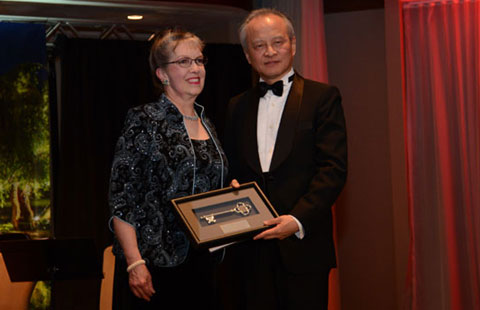
 Birmingham's Spotlight on China dinner
Birmingham's Spotlight on China dinner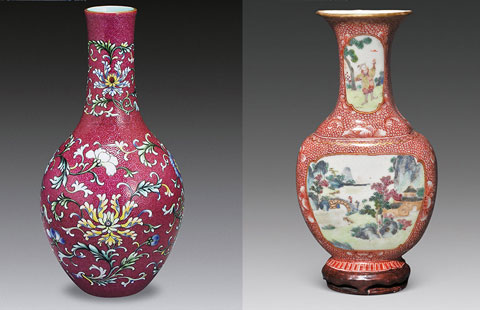
 How to distinguish doucai, wucai, Famille-rose and enamel porcelain
How to distinguish doucai, wucai, Famille-rose and enamel porcelain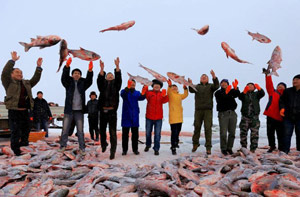
 Xinjiang lake in bumper fishing season
Xinjiang lake in bumper fishing season
Most Viewed
Editor's Picks

|

|

|

|

|

|
Today's Top News
Houston's SW Chinatown
China to focus on reforms, opening of capital market
Slowdown brings new risks to banks
Trade group calls for BIT
Market status for China is 'political' issue
Birmingham's Spotlight on China dinner
Bank takes renminbi-clearing seriously
Traditional Garb
US Weekly

|

|








